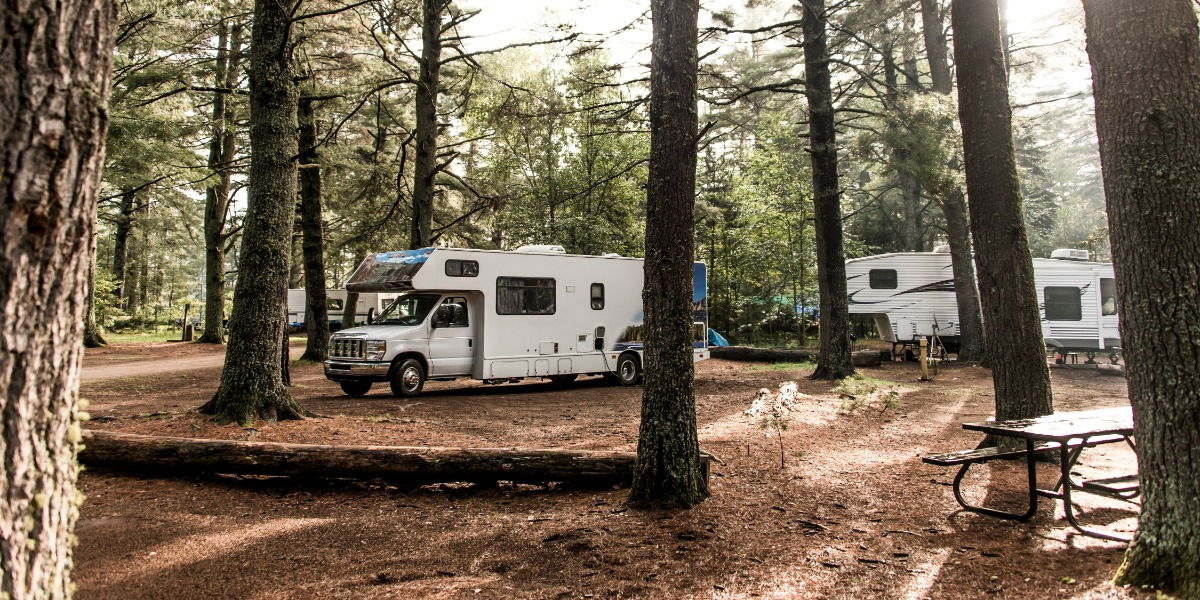There are several different types of RVs on the market. From drivable motorhomes to towable trailers, there are multiple varieties that offer different features and perks. It can be challenging to narrow your decision down when you have so many options to choose from. However, one of the most important things to consider before buying an RV is which priorities are most important to you in your current stage of life.
RVTrader recently surveyed over 1,000 RV shoppers and asked them about their RV preferences. We found that as adventure lovers age, they begin to prefer drivable RVs instead of towable models. They also eventually lean towards larger models that are more comfortable and spacious. Here’s a closer look at the different generations and which RVs they prefer.
Millennial RVs
27-42 years old
Most own: Travel Trailer (26%)
Most want: Travel Trailer (22%)
Travel trailers are undoubtedly the most popular RV amongst millennials, and for good reason. These small but mighty trailers are trendy, minimal, and designed for people who prefer to be on the move. Some models are small, like the Teardrop Trailer, so they don’t need high-powered vehicles to tow them. They’re also perfect for people who enjoy spending time outside more often than cooped up indoors.
Travel trailers have bedrooms, living spaces, and kitchens. Some models even have bathrooms. This makes them both aesthetic and functional, which is the ideal balance for Millennials who enjoy documenting their travels and showing off their space.
Gen X RVs
43-58 years old
Most own: Travel Trailer (30%)
Most want: Class A (19%), Travel Trailer (17%), or Fifth Wheel (17%)
Although the majority of Gen Xers in our survey own travel trailers, most reported wanting to upgrade to a Class A next. Close behind was the desire to buy another travel trailer in the future or upgrade to a larger and more spacious fifth wheel.
Why are Class A RVs such a popular choice for Gen Xers? In our survey, Gen X had more interest than any other generation in using their RV for full-time living (12%) and working from home (10%). Class A RVs certainly have a lot of perks regardless of how much time you plan to stay in the RV. For one, they have a lot more room than travel trailers. The interior’s open layout makes for less crowded and more comfortable travel. These RVs also have a ton of storage space. As far as driving a Class A RV, there are several benefits to appreciate. Typically, they offer smoother rides on bumpy roads. They also offer more power to get you through steep terrain with ease.
Fifth Wheels are also excellent RVs for those who enjoy taking extended trips or living full-time on the road but want a towable camper. Most offer storage space, higher ceilings, and split-level designs with separate living areas. A big perk of this towable RV is that you can unhitch fifth wheels at campsites and use your vehicle for side trips. For Gen Xers who still want the low-maintenance benefits of a towable trailer but desire the option to travel comfortably long-term, fifth wheels are a great choice.
As far as Gen Xers who want to stick to travel trailers – you really can’t beat the portability of these minimal RVs. Despite the fact that they aren’t quite as luxurious as their larger counterparts, they’re still great options for travelers who prefer short weekend adventures over extended road trips.
Baby Boomer RVs
59-77 years old
Most own: Travel Trailer (25%) or Class A (22%)
Most want: Class A (28%)
Travel trailers and Class A RVs were most popular amongst the Baby Boomers we surveyed, although the majority of our respondents want a Class A RV in the future. Why might this be? For one, this generation is right around the age of retirement. Many travelers in this age group end up RVing full-time (11%) around the country to enjoy long, open roads and scenic national parks. In fact, simple weekend trips are much less common for Baby Boomers (16%), compared to their younger Gen X (26%) and Millennial (26%) counterparts.
Second, younger travelers are more than happy to sacrifice comfort and space for an affordable, nomadic lifestyle. Baby Boomers, however, are willing to pay more for a larger, more upscale RV with extra storage space and additional features that enhance their daily comfort for long road trips and vacations. Ultimately, it makes a lot of sense that Baby Boomers are most interested in Class A RVs.
Silent Generation RVs
78+ years old
Most own: Class A (17.86%)
Most want: Class A (25%)
As for the Silent Generation RVers that we surveyed, most own Class A RVs and most want Class A RVs. There’s no competition with this generation. From what we’ve seen in our research, this checks out. Class A RVs are the most comfortable option, especially for those who choose to live in their camper or embark on longer vacations. The Silent Generation reported a substantially higher interest in using their RVs to visit family (14%), compared to Baby Boomers (4%), Gen X (2%), and Millennials (4%). Whereas younger travelers seem to prioritize portability and minimal aesthetics, aging travelers prioritize having a comfortable home base to rest, relax, and spend time with loved ones.
One interesting observation is that the Silent Generation marked a notable spike in considering a Class B RV for their next purchase at 14%; well above Baby Boomers (9%), Gen X (7%), and Millennials (8%). This was an initially surprising result, but may actually make sense as some travelers desire to downsize and travel more modestly as they age. Class B RVs have many modern conveniences and amenities, but are smaller and easier to drive than other motorhome models, which is appealing to many members of the Silent Generation.
From these results, it’s clear to see that younger travelers prefer to lean into the minimal, nomadic lifestyle that a travel trailer allows. However, as these RVers age, they typically gravitate towards larger, drivable campers that offer more space, comfort, and luxury. No matter their preferred RV model, there’s one thing RVers of every age have in common: They love and appreciate adventure. If you’re ready to start looking for your next new or used RV, check out all of our listings at RVTrader.com.
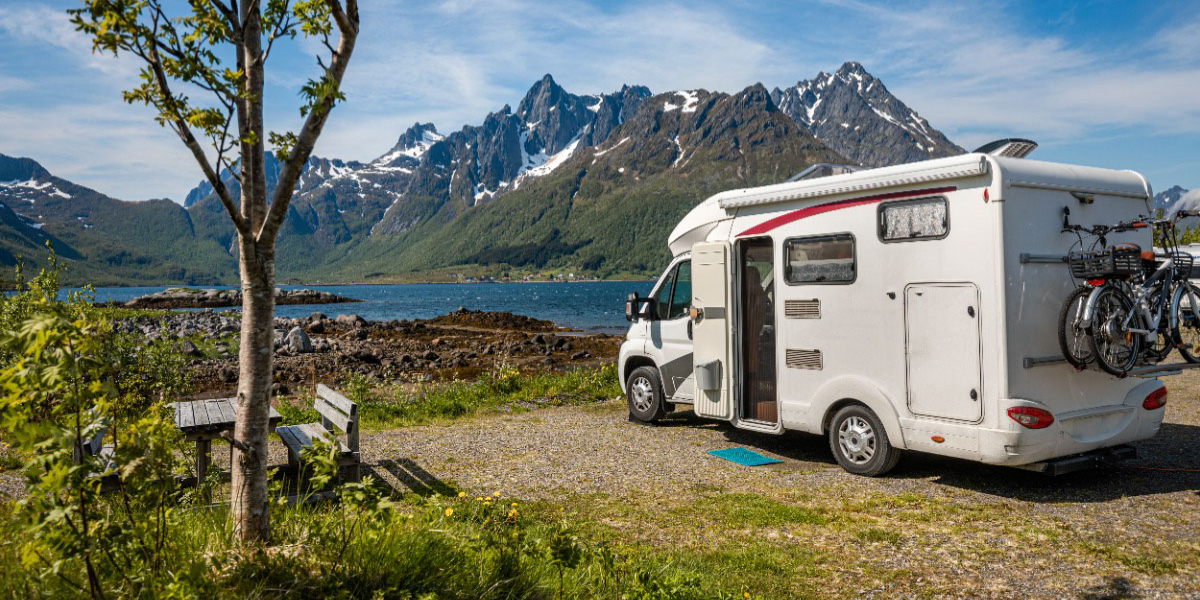

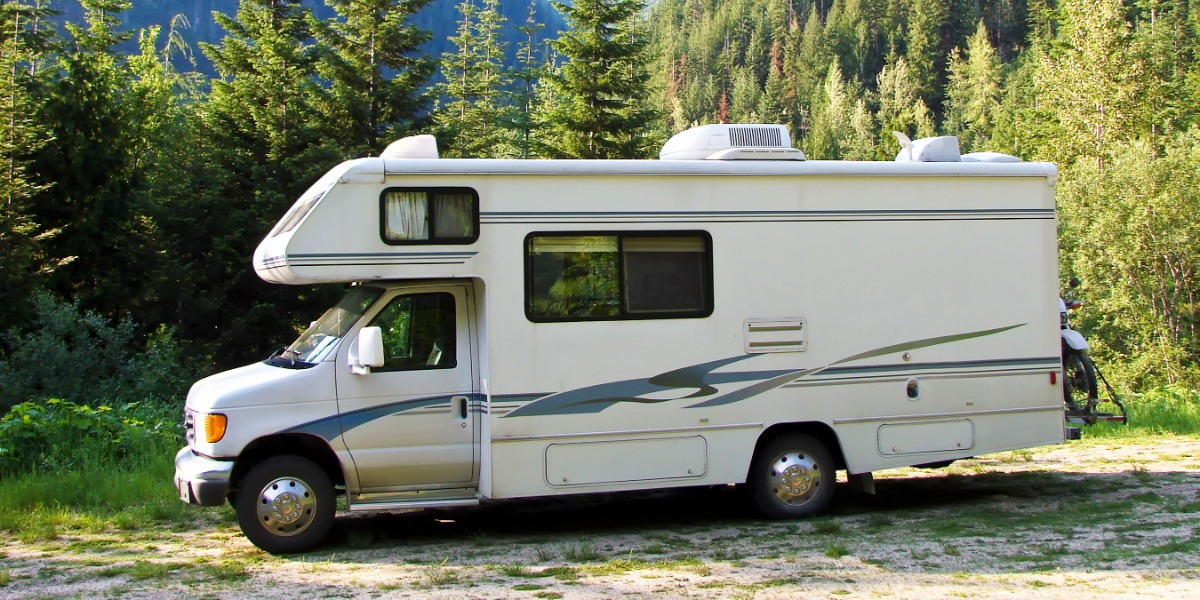
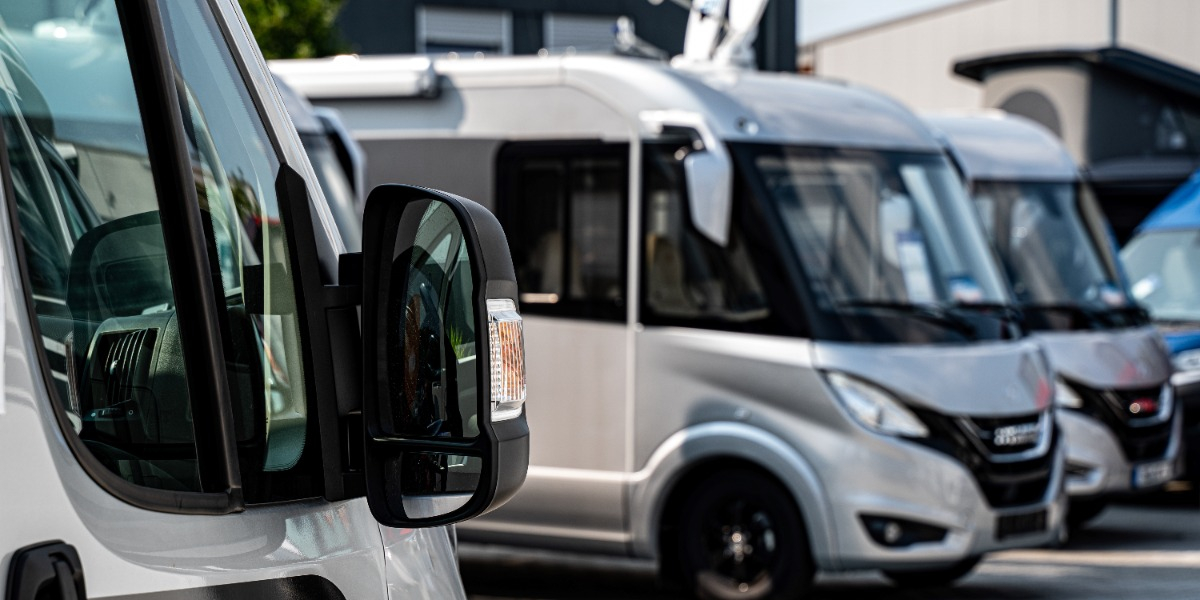
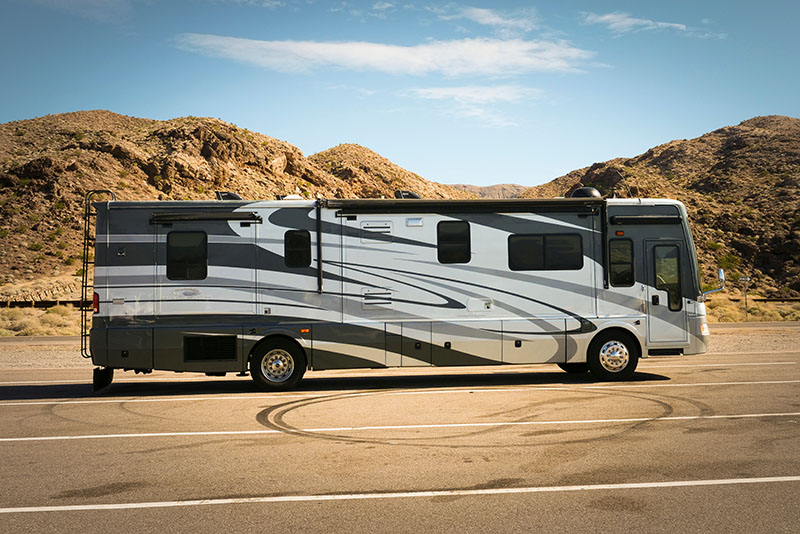
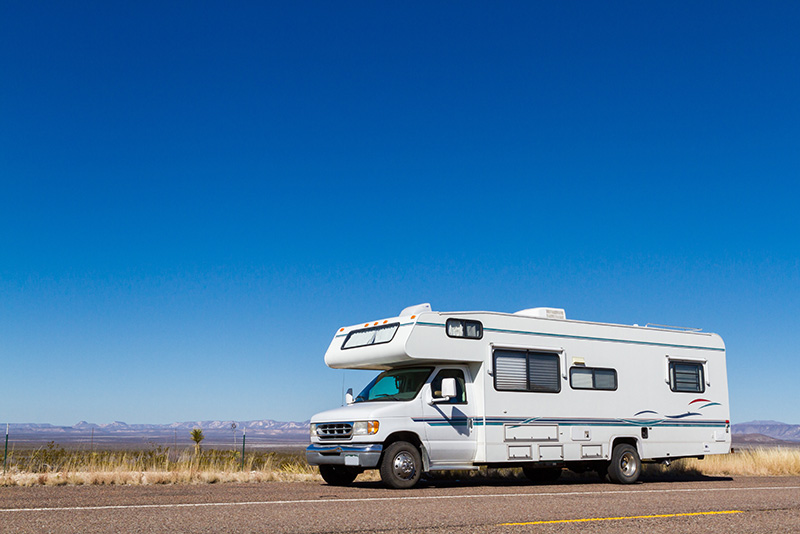
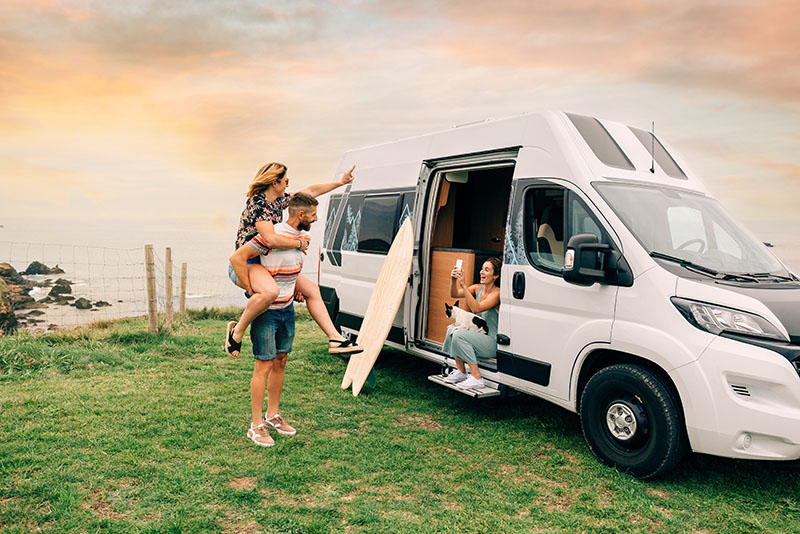
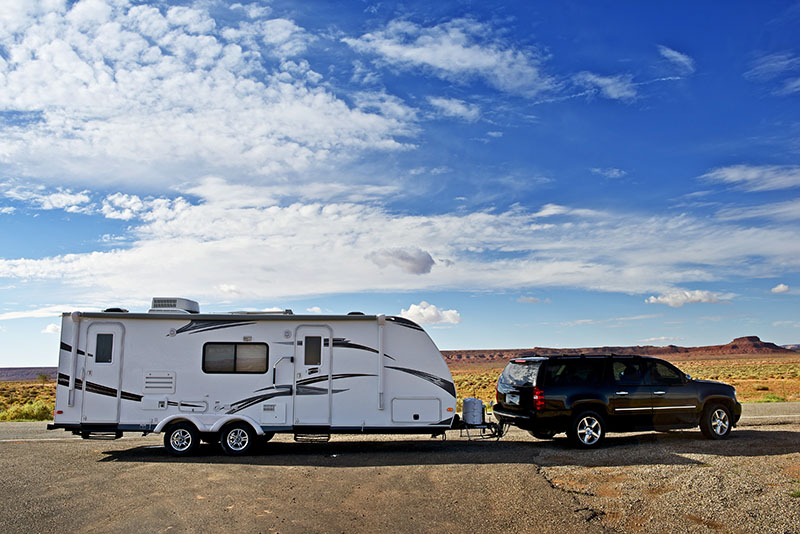
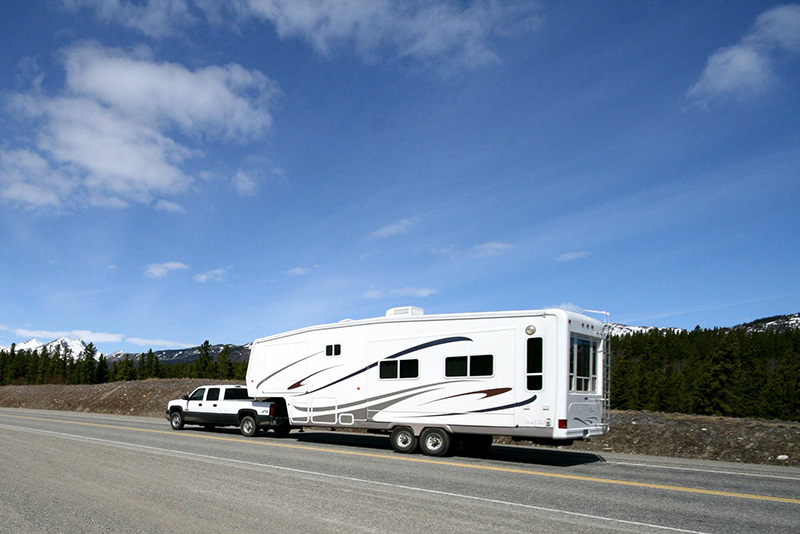
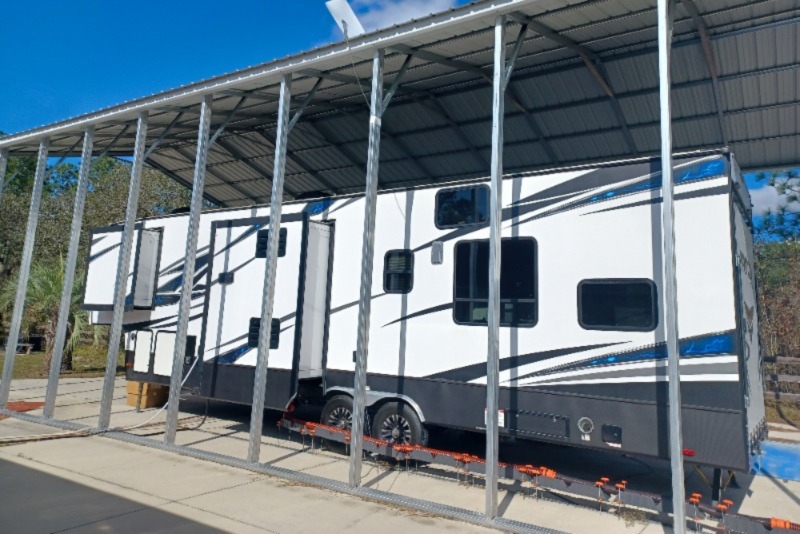
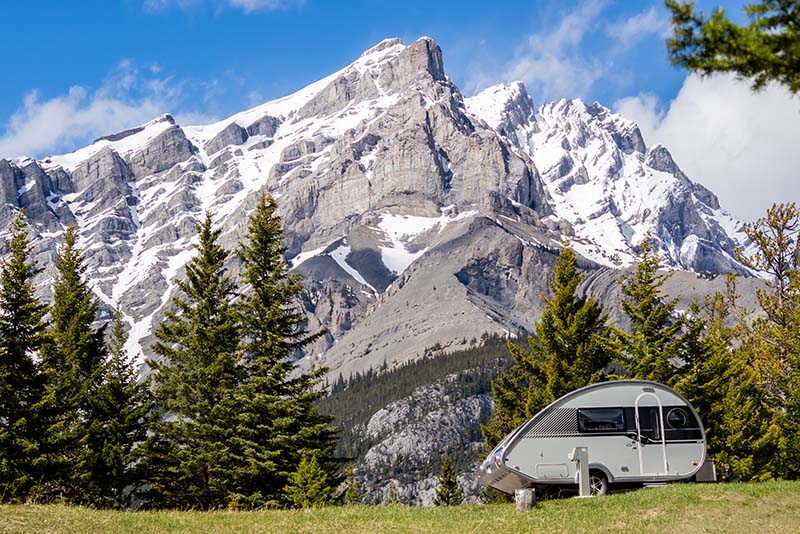
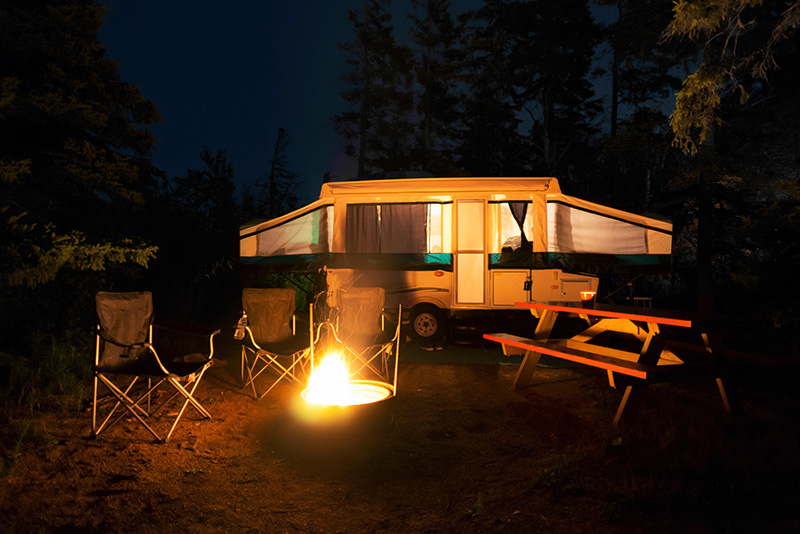
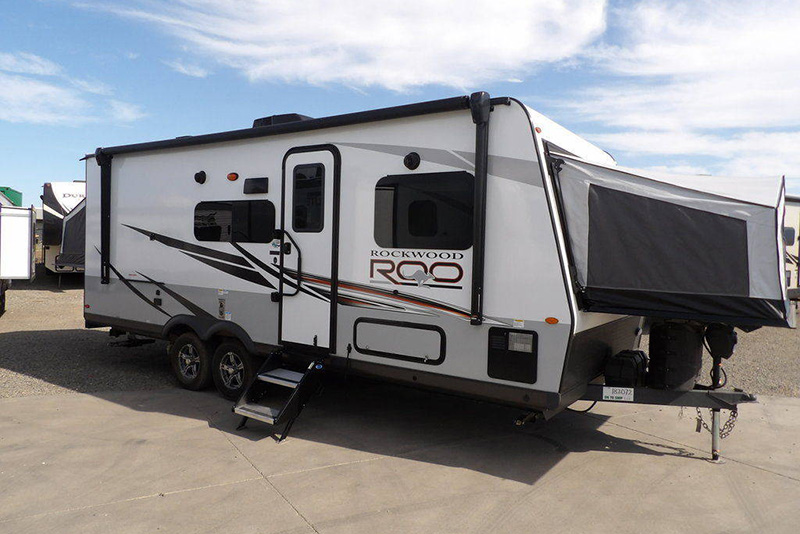
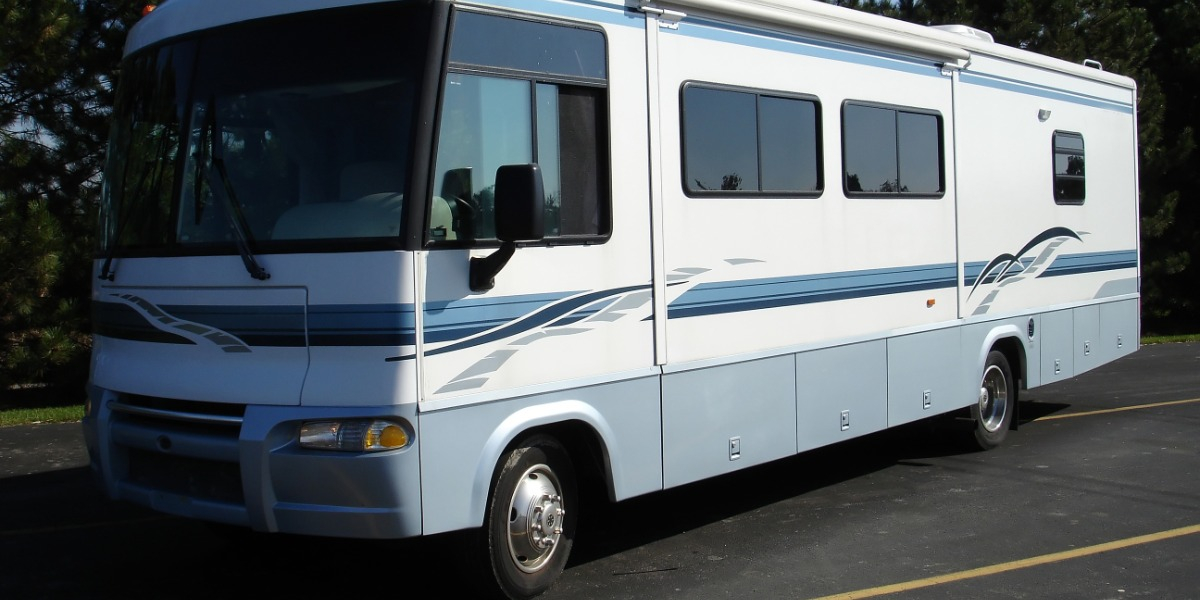
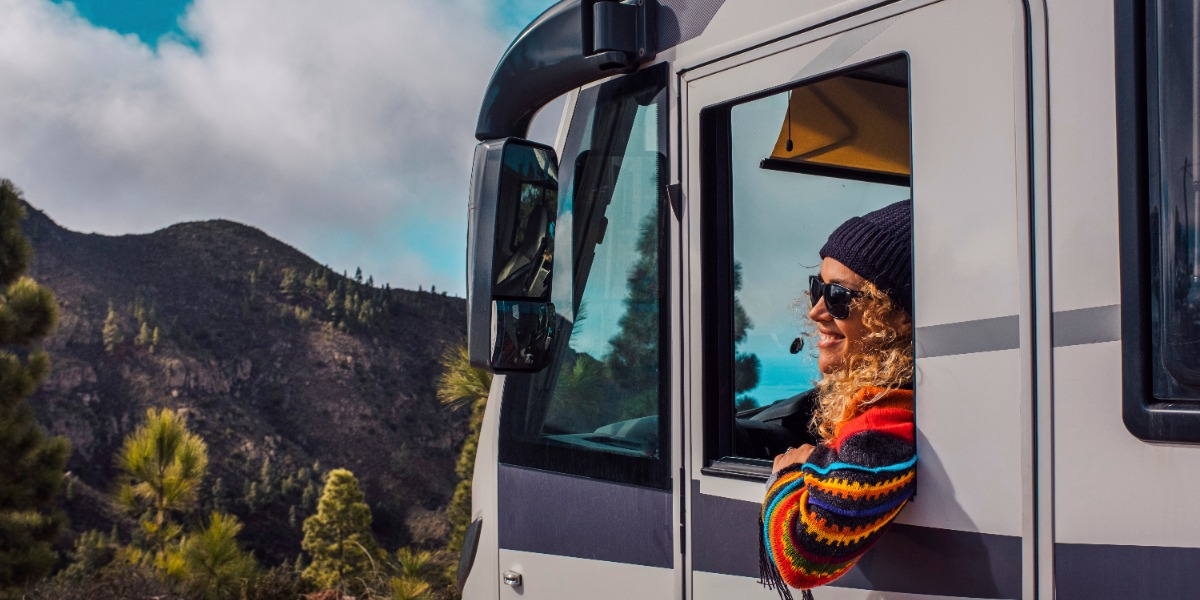

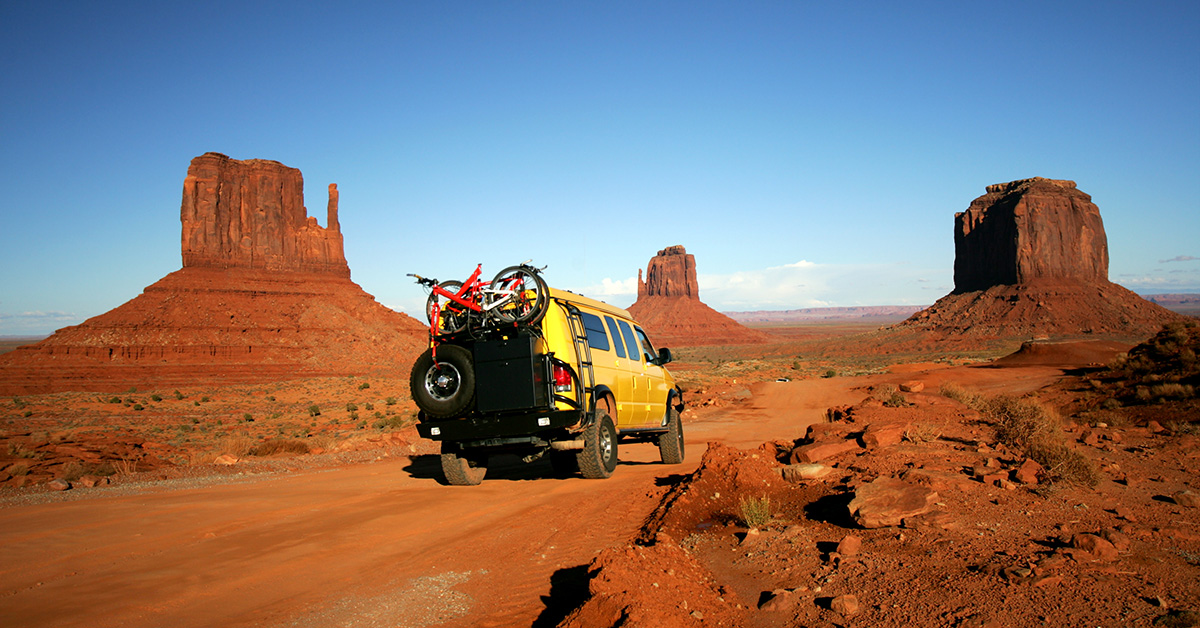
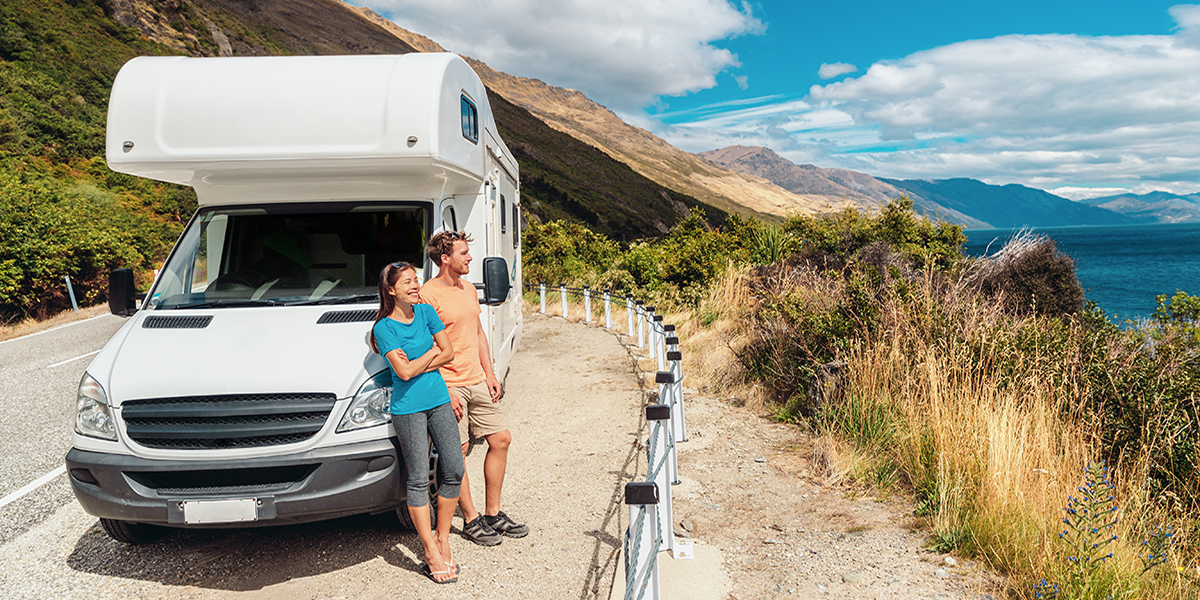
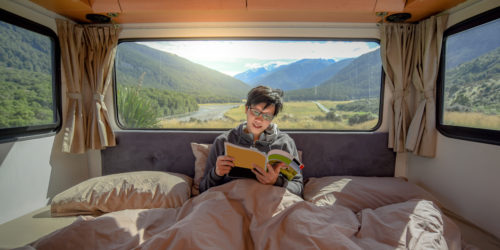

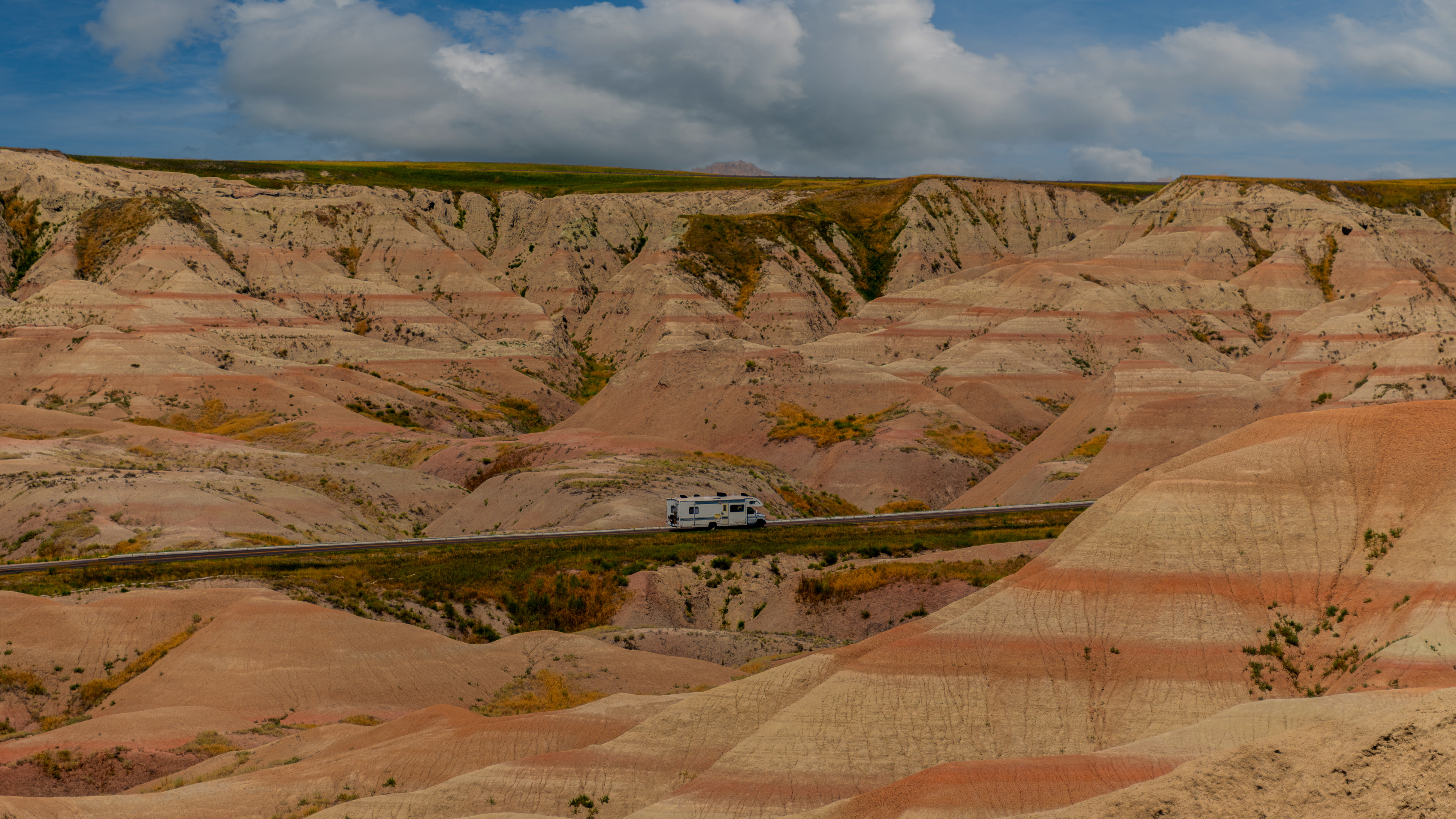

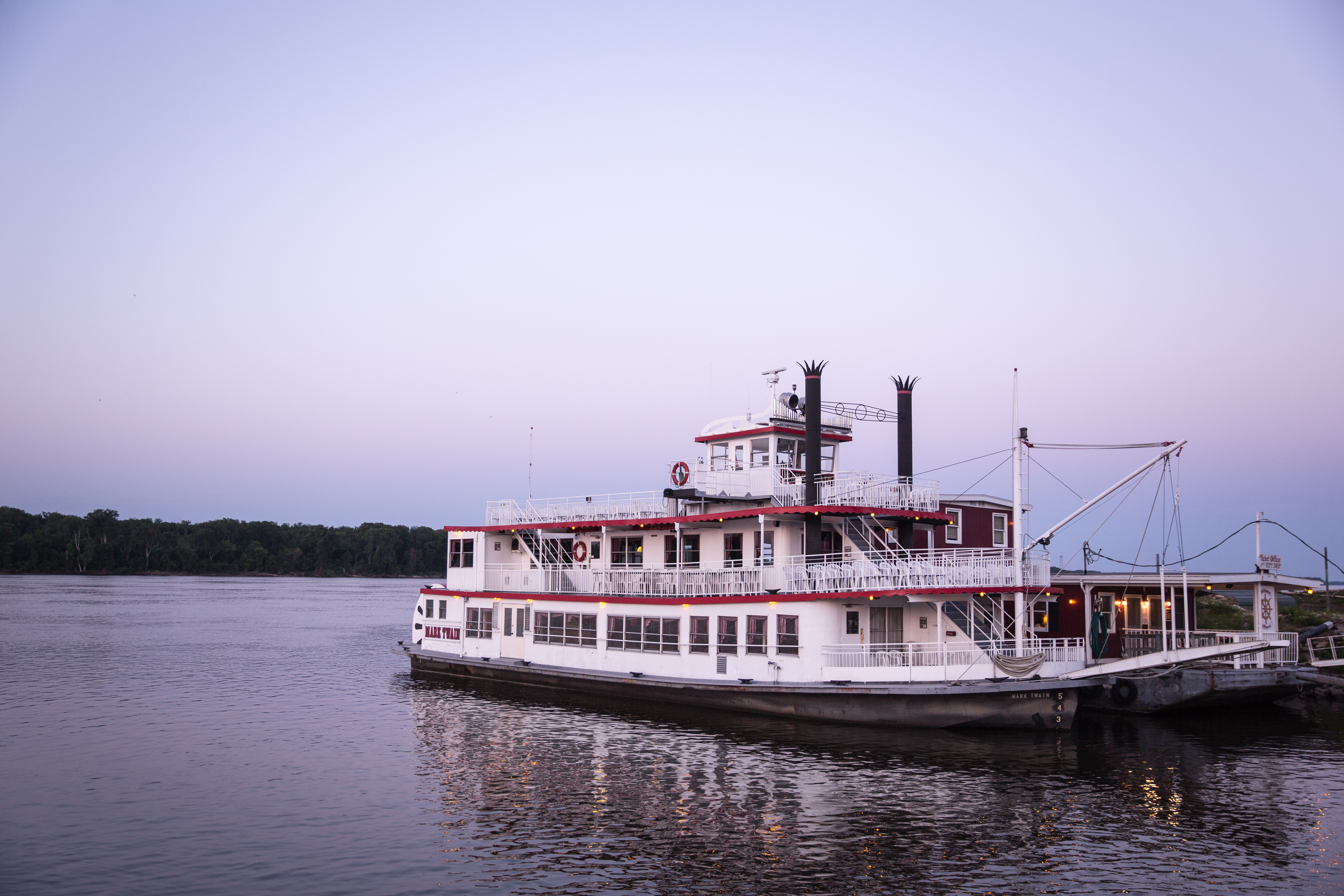
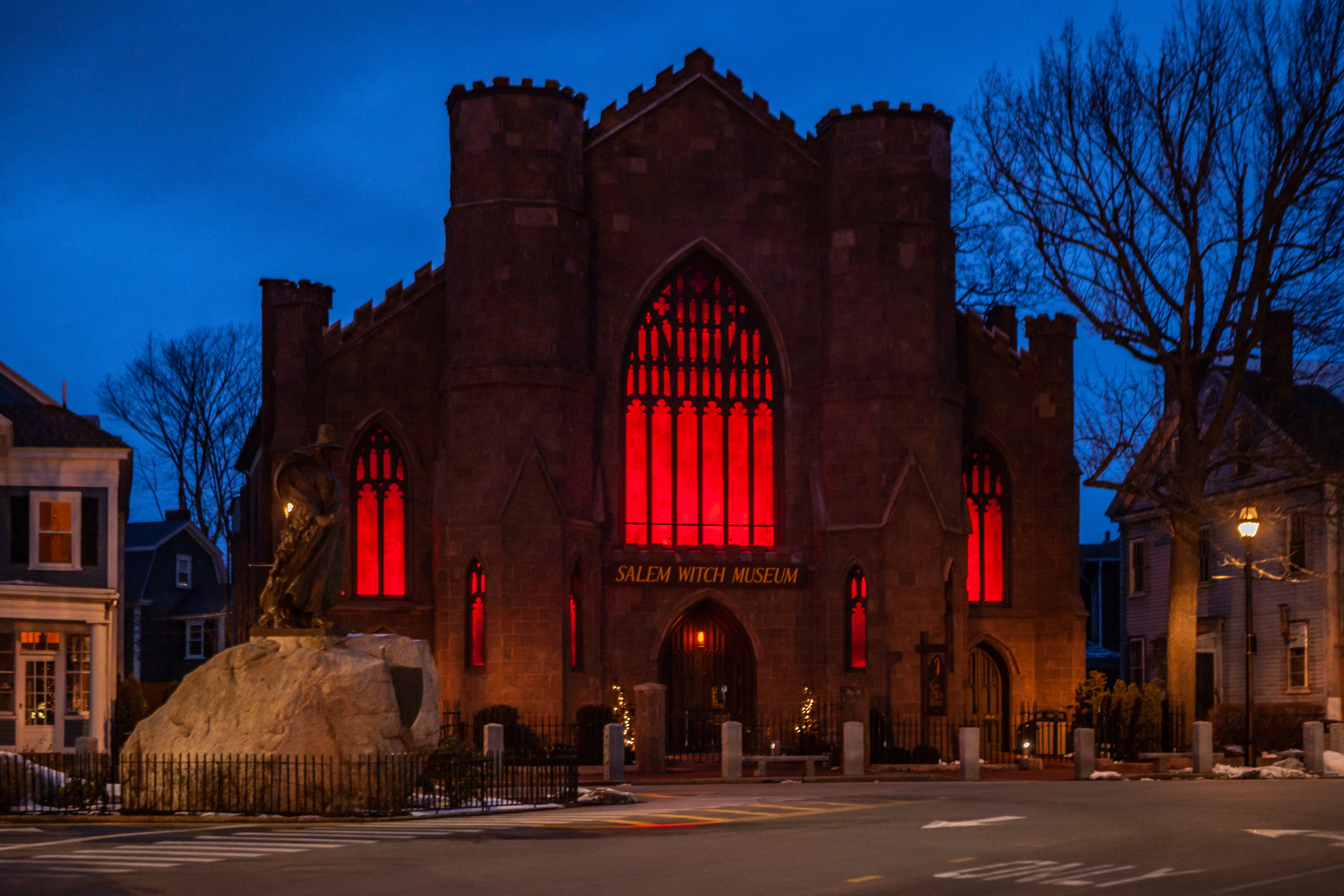




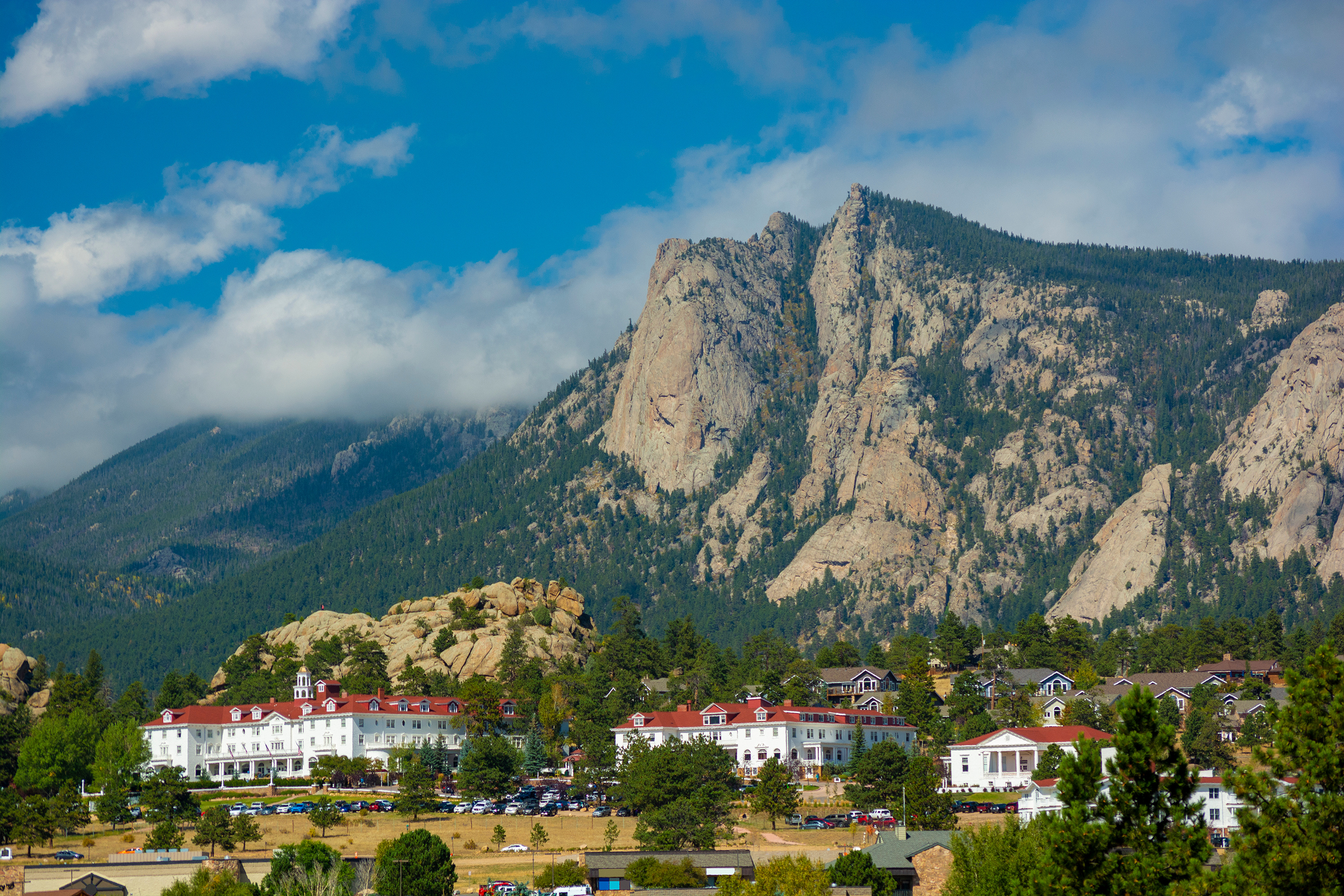
 FMCA educates, equips, and empowers RV owners in their journey to creating, experiencing, and benefiting from the outdoor lifestyle they dream of and deserve. FMCA is your ally to the outdoor lifestyle you love and enjoy.
FMCA educates, equips, and empowers RV owners in their journey to creating, experiencing, and benefiting from the outdoor lifestyle they dream of and deserve. FMCA is your ally to the outdoor lifestyle you love and enjoy.